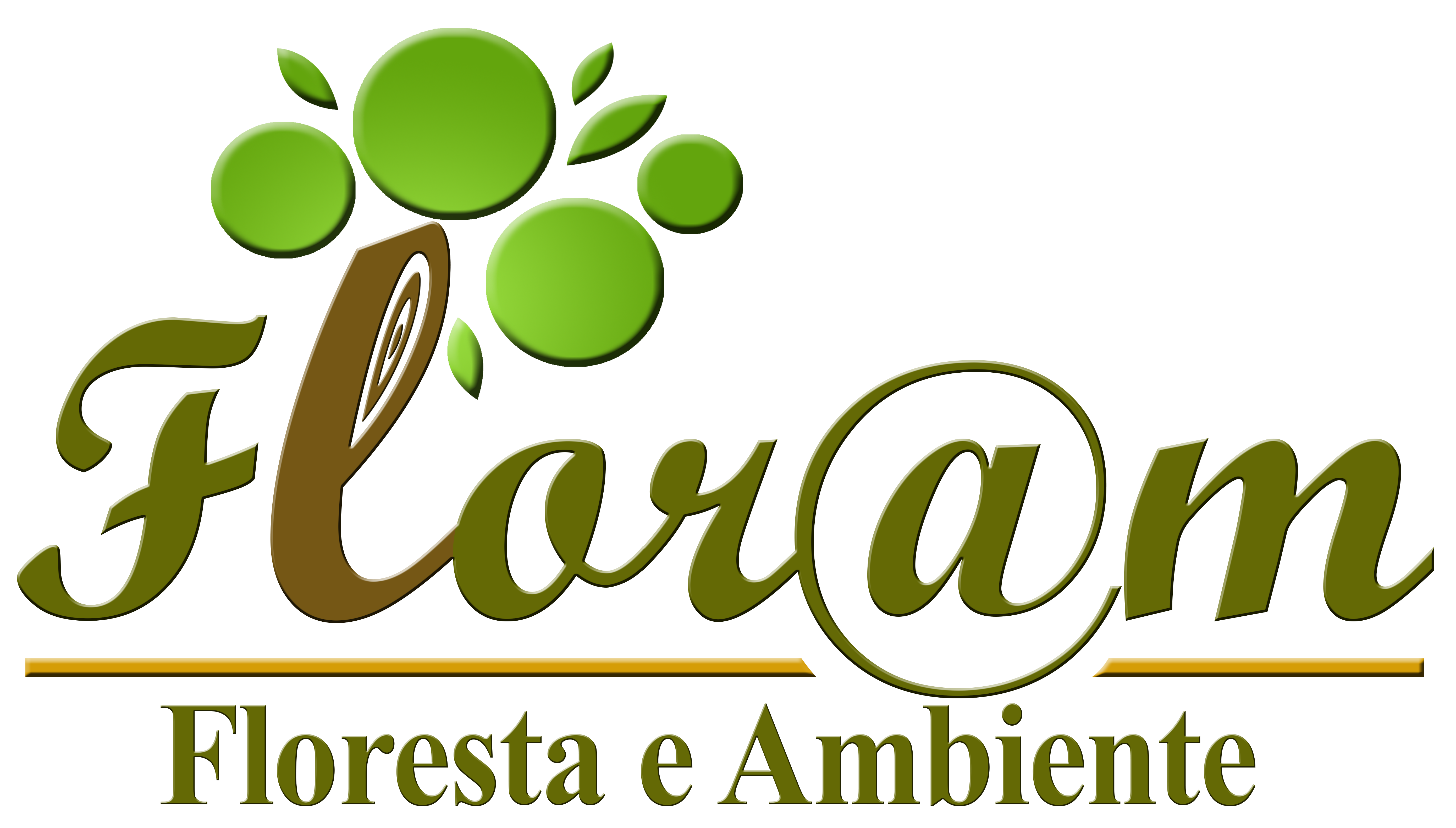OCORRÊNCIA DE Cycloneda sanguinea L. (COLEOPTERA: COCCINELIDAE) COMO PREDADORES DE "INSETOS-PRAGAS", ASSOCIADOS À BATATINHA (Solanum tuberosum L.), NO MUNICÍPIO DE PINHEIRAL, RJ
OCCURRENCE OF Cycloneda sanguinea L. (COLEOPTERA:COCCINELLIDAE) AS PREDADOR OF INSECT-PLAGUE ASSOCIATED WITH POTATO (Solanum tuberosum L.) IN THE DISCTRICT OF PINHEIRAL, RJ
Azeredo, Edson Henrique de; Cassino, Paulo Cesar R.; Carvalho, Acacio Geraldo de; Lima, Eduardo
FLORAM, vol.7, núnico, p.198-207, 2000
Resumo
Dada a importância dos inimigos naturais no ambiente das culturas e a eficiência no controle às pragas, o presente estudo objetivou registrar a presença do organismo biótico regulador, Cycloneda sanguinea L., na área de campo com a planta batatinha, Solanum tuberosum. A metodologia utilizada baseou-se em avaliar a "presença-ausência" (amostra binomial) em dois cultivares Achat e Monalisa, no período de 6 de maio a 2 de agosto de 1996, associando-se às interações bioecológicas e tróficas. As observações mostraram existir 48 exemplares, em 160 plantas monitoradas no talhão da pesquisa. O maior número de C. sanguinea foi constatado no estádio fenológico de folha verde e em senescência. A dinâmica da C. sanguinea evidenciou-se na primeira semana do mês de maio, quando 14,58% foi registrado como a ocorrência sazonal, associada, possivelmente, à temperatura máxima de 25°C e mínima de 13°C. A análise gráfica apontou dois momentos de declínio da população do inseto, aos 30 e 60 dias; assim que realizou-se as adubações em cobertura nas parcelas com N + K. Os resultados encontrados mostram diferenças significativas entre os cultivares, principalmente em relação à função adubo, no cv. Achat (0,0865 < p < 0,10); enquanto no cv. Monalisa a influência constatada, associou-se à insolação, cuja ocorrência teve probabilidade 0,0862 < p < 0,10. Avaliando-se a dinâmica da C. sanguinea, pode-se inferir de acordo com as elevadas temperaturas e baixas pluviosidades, na ocasião da pesquisa, de que o inseto adulto, seja adaptável às estações de clima quente.
Palavras-chave
Inimigos naturais, Cycloneda sanguinea, Organismos bióticos reguladores, batatinha, estádio fenológico
Abstract
Given the importance to study the natural enemies in the environment and the efficiency in the control of the insects, the present study had the objective to identify the presence of the Cycloneda sanguinea L. as a regulator organism, in the field associated with the plant Solanum tuberosum. The methodology used for evaluation was the presence-absence (binomial sample) of insects on two varieties, Achat and Monalisa during the period of May 6 up to August 2, 1996, associated with bioecological and trophics interactions. The results showed 48 individuals on 169 plants monitored in the area of research. A larger number of C. sanguinea was found in green and senescent leaves. The dynamics of C. sanguinea was evident in the first week of May, when 14,58% was registered associated probably with the maximum temperature of 25° C and minimum of 13ºC. The graphic analysis pointed two times of decrease on the insect population, at 30 and 60 days after the fertilization with N and K. The result showed significant differences among them, mainly in function of fertilization, with the cv Achat (0,0865< p < 0,10), while to the cv Monalisa the influence was associated with the temperature, whose occurrence had probability of 0,0862 < p < 0,10. After evaluation of the population dynamic of C. Sanguinea, we can concluded that the adult insect is well adjusted to the conditions of high temperatures and low precipitation.
Keywords
Natural enemies, Cycloneda sanguinea, Biotic regulator organism, potato, fenologic stadium

